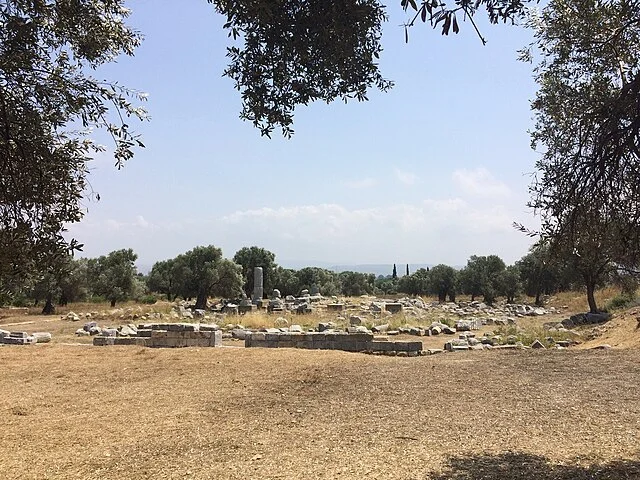Teos was an ancient Greek city located in Ionia, in modern-day Turkey. It lay along the coast of the Aegean Sea, near the mouth of the river Aster. Its ruins can be found near the village of Seferihisar, in İzmir Province.
Get your dose of History via Email
Early History
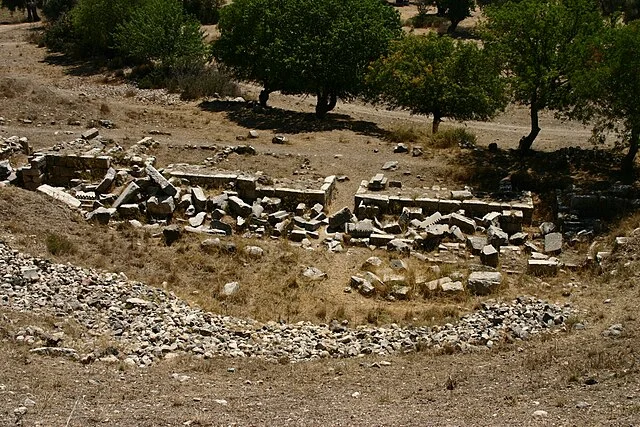
Teos was founded around the 9th century BC, likely by Ionian Greeks. The city developed into an important trading hub and a center for culture. It participated in the Panionian League, a coalition of Ionian cities. During the 6th century BC, Teos flourished under the rule of the Persian Empire.
Role in the Ancient World
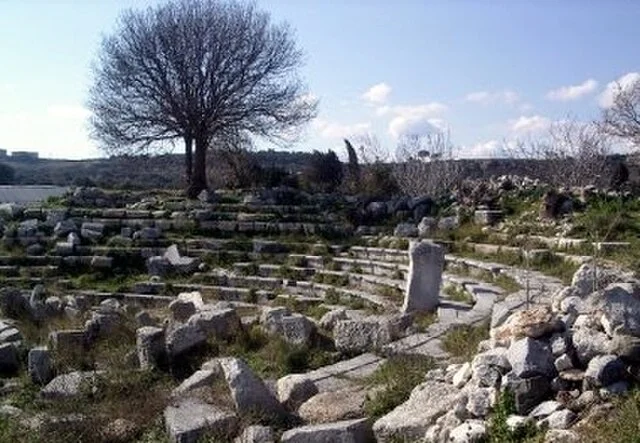
Teos was known for its maritime commerce and skilled artisans. It was a prominent city-state in Ionia. The city produced various pottery types and contributed to the spread of Greek culture. The influence of Teos reached as far as Egypt and the Levant.
Teos was also famous for its religious significance. The city was home to a temple dedicated to Dionysus, the god of wine and fertility. The temple was one of the largest in the ancient Greek world. It became a major pilgrimage site during the classical period.
The Decline of Teos
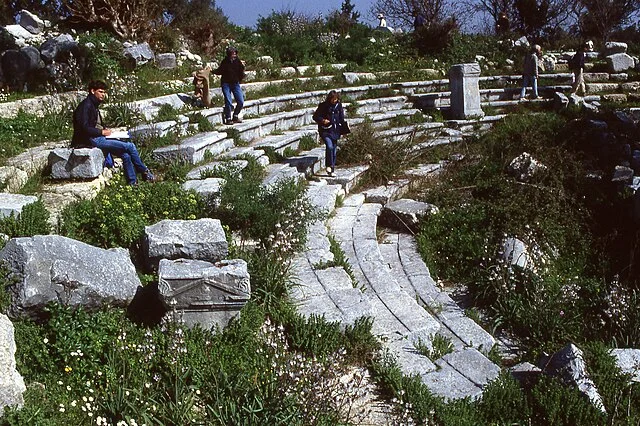
In the 4th century BC, Teos began to face challenges. Its prosperity started to fade as other cities in Ionia, such as Ephesus and Miletus, rose in importance. The city also suffered from military conflict, including the invasions of Alexander the Great in the 330s BC. However, it remained a significant center for several centuries.
Teos was eventually abandoned in the Roman period. Its inhabitants likely moved due to changing economic conditions and the rise of nearby cities. Despite its decline, the legacy of Teos continued in the region’s cultural heritage.
Archaeological Findings
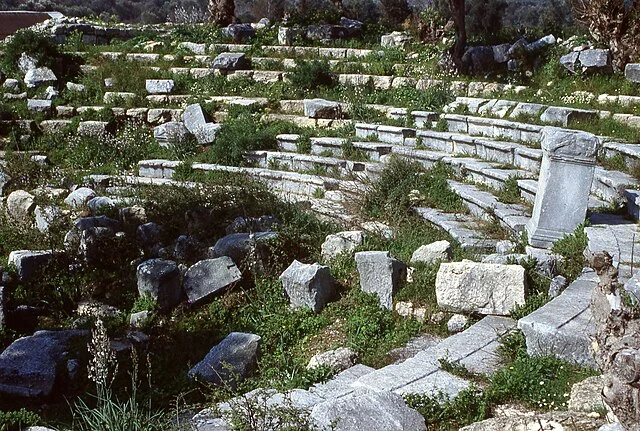
Today, Teos is an important archaeological site. Excavations have revealed remains of its city walls, residential areas, and public buildings. The ruins of the Dionysian temple are still standing. The site also contains a theater and a bouleuterion (council house), indicating its political importance.
Artifacts uncovered in Teos, including inscriptions, pottery, and sculptures, shed light on daily life in the city. These findings are valuable for understanding the cultural and artistic achievements of the Ionians.
Conclusion
Teos played a crucial role in the ancient Greek world. Its commercial power, religious significance, and cultural contributions made it an influential city in Ionia. Though the city declined in the Roman period, its historical and archaeological legacy continues to enrich our understanding of the ancient Mediterranean.
Source:

